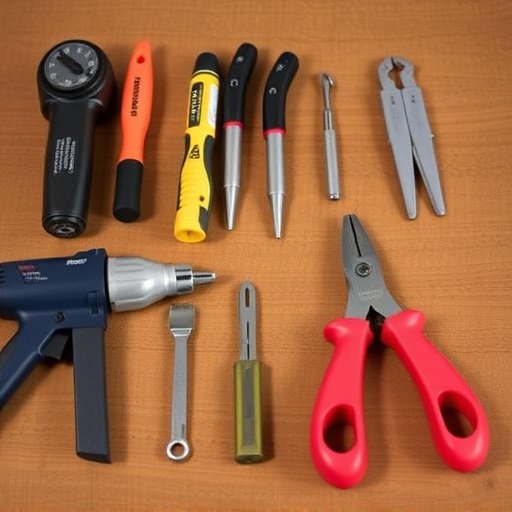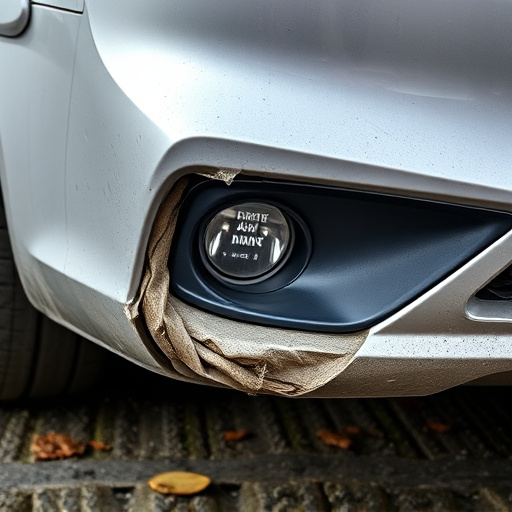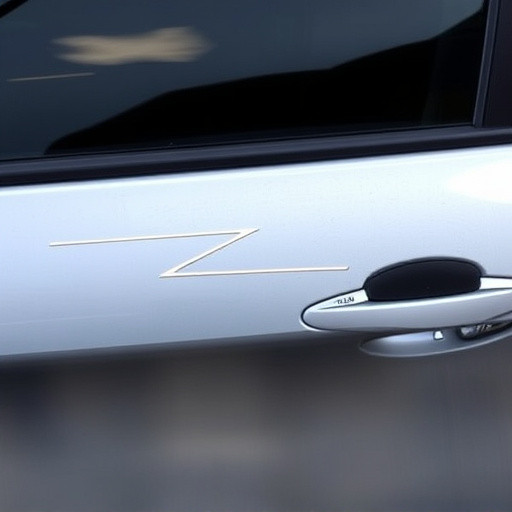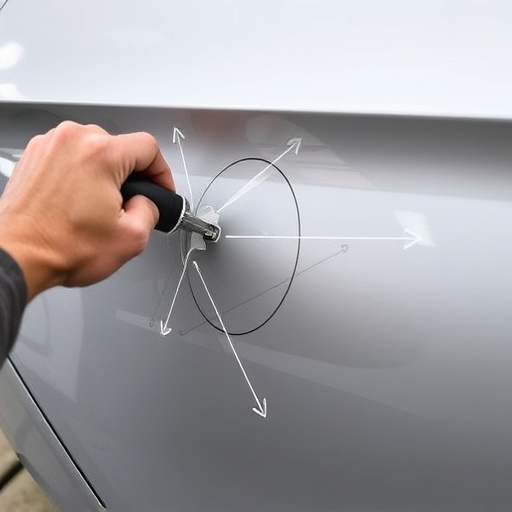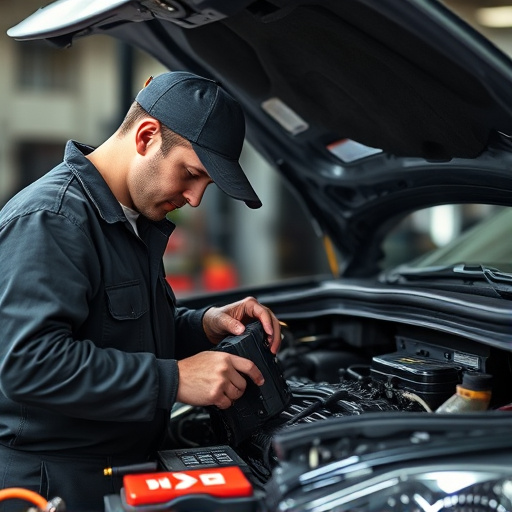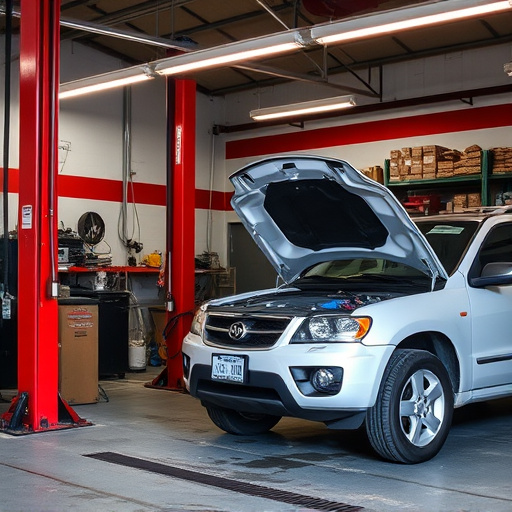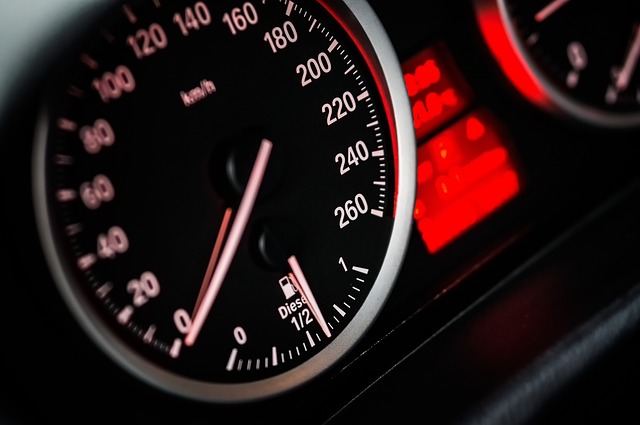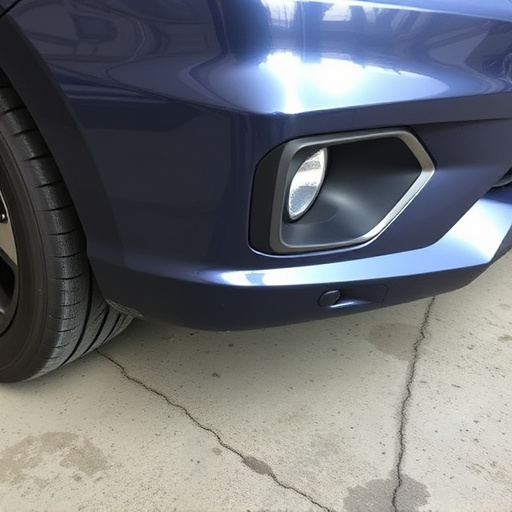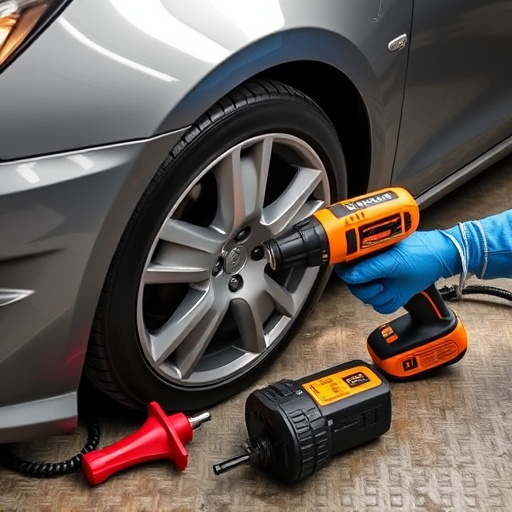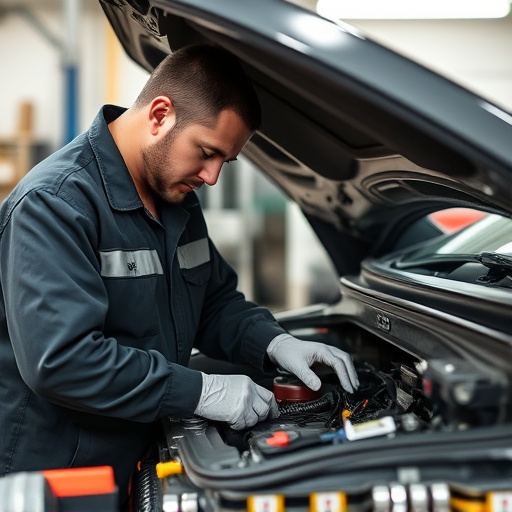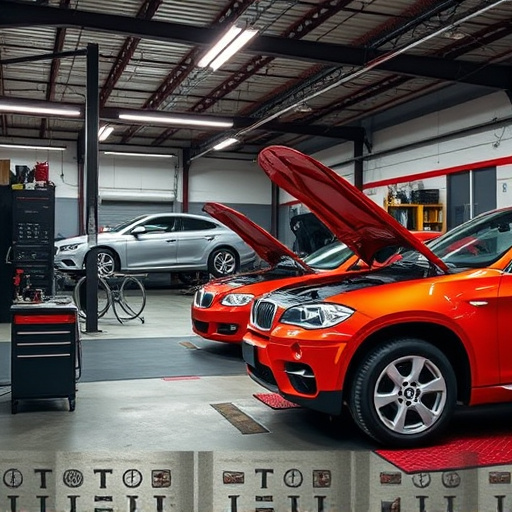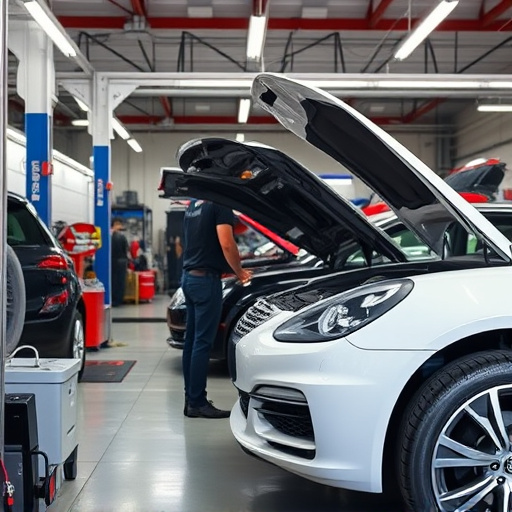In the digital era, PDR tools are evolving from basic aids to advanced, smart solutions that transform auto repair and collision repair services. Leveraging real-time data analysis, AI, and cloud connectivity, these tools enhance efficiency, enable specialized repairs, and optimize processes. Future innovations include machine learning for predictive maintenance, promising improved productivity, precision, and customer satisfaction. As PDR technology advances, it will play a central role in reshaping auto body repair, making it more accessible and efficient for both professionals and customers.
The digital revolution is transforming Property Damage Repair (PDR) industry, making traditional methods obsolete. This article explores the future of PDR tools technology, highlighting the significant role digital and smart solutions are playing in enhancing precision, efficiency, and customer experience. From AI-driven repairs to IoT connectivity, these innovations are reshaping the landscape. We delve into current trends, including predictive maintenance, remote diagnostics, and integrated insurance systems, predicting a tomorrow where PDR is smarter, more sustainable, and seamless.
- The Evolving Role of PDR Tools in the Digital Age
- – The current state of Property Damage Repair (PDR) tools and their digital transformation
- – Benefits of adopting digital and smart technology in PDR
The Evolving Role of PDR Tools in the Digital Age
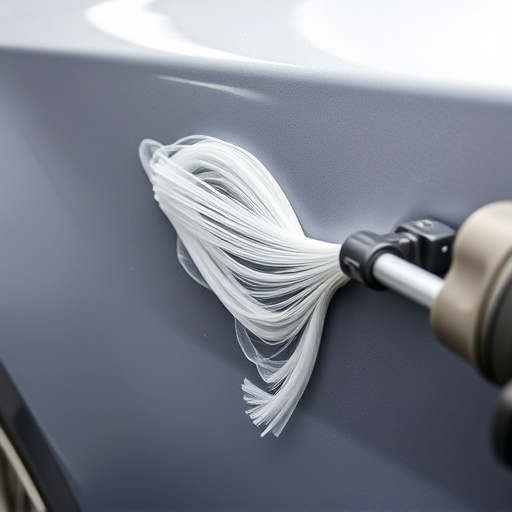
In the digital age, PDR tools are undergoing a metamorphosis, transforming from simple repair aids to sophisticated, smart solutions that revolutionize auto repair services and collision repair services. These evolving technologies are not just enhancing efficiency but also enabling specialized services like car scratch repair, thereby broadening the scope of what’s possible in the industry. With advanced features such as real-time data analysis, AI integration, and cloud connectivity, PDR tools are becoming indispensable for professionals seeking to stay ahead in a competitive market.
The future promises even more innovation, with smart PDR tools leveraging machine learning to predict repair needs and optimize processes. This not only improves productivity but also ensures better customer satisfaction by offering tailored solutions. As these technologies continue to advance, they will undoubtedly play a pivotal role in shaping the landscape of auto body repair, making it more efficient, precise, and accessible for both technicians and customers alike.
– The current state of Property Damage Repair (PDR) tools and their digital transformation
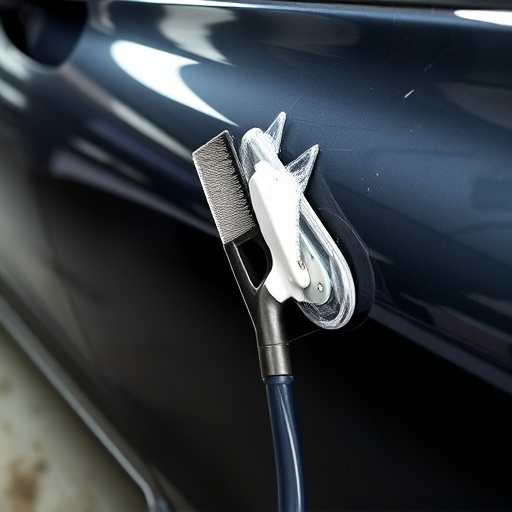
The current landscape of Property Damage Repair (PDR) tools is undergoing a significant evolution, driven by technological advancements and the increasing demand for efficient, precise, and digital solutions. Traditionally reliant on manual techniques and outdated tools, the PDR industry is now embracing the future with open arms. Digital transformation has brought about innovative tools that enhance accuracy, streamline processes, and improve overall efficiency in auto glass repair, car bodywork services, and tire services.
From simple hammering and shaping to advanced robotic systems and AI-driven software, PDR tools are becoming smarter and more adaptive. These technological breakthroughs not only expedite the repair process but also ensure superior quality outcomes. The industry is witnessing a rise in adoption of digital platforms that connect customers directly with certified technicians, enabling transparency, convenience, and faster service. This shift towards digitalization promises to redefine the way PDR services are delivered, making them more accessible, reliable, and cost-effective for both businesses and consumers alike.
– Benefits of adopting digital and smart technology in PDR
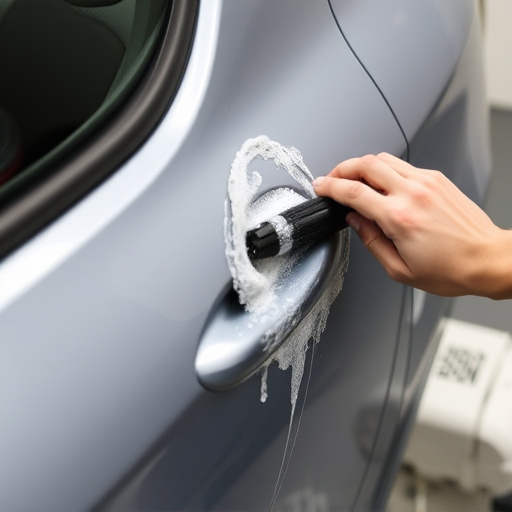
The adoption of digital and smart technology in PDR tools is transforming the auto collision repair industry. These innovative solutions offer numerous benefits for both collision repair shops and their customers. By leveraging advanced software and connected devices, shops can streamline workflows, enhance accuracy, and improve efficiency. This not only reduces the time required for auto maintenance but also minimizes errors, ensuring higher-quality repairs.
Smart PDR tools are equipped with sensors and AI capabilities that provide real-time data insights. This allows technicians to make informed decisions during the repair process, further optimizing outcomes. Moreover, digital technology facilitates better communication between shops and customers, streamlining appointments, tracking progress, and providing transparent updates on auto collision repair services. As a result, customer satisfaction in collision repair shops is significantly enhanced.
The future of PDR tools lies in embracing digital innovation. As technology advances, PDR professionals can expect smarter, more efficient solutions that streamline their work processes. Digital and smart PDR tools promise enhanced accuracy, reduced downtime, and improved customer satisfaction. By integrating these technologies, PDR businesses can stay competitive, adapt to market demands, and offer cutting-edge services, ultimately revolutionizing the industry’s landscape.
